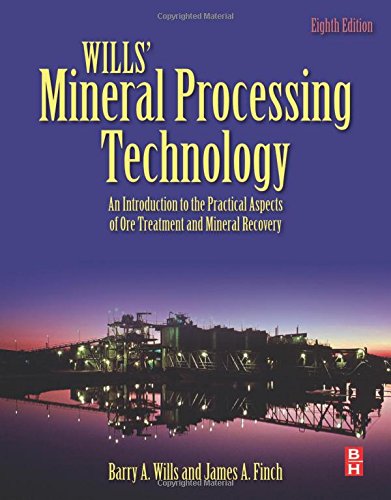

Most ebook files are in PDF format, so you can easily read them using various software such as Foxit Reader or directly on the Google Chrome browser.
Some ebook files are released by publishers in other formats such as .awz, .mobi, .epub, .fb2, etc. You may need to install specific software to read these formats on mobile/PC, such as Calibre.
Please read the tutorial at this link: https://ebookbell.com/faq
We offer FREE conversion to the popular formats you request; however, this may take some time. Therefore, right after payment, please email us, and we will try to provide the service as quickly as possible.
For some exceptional file formats or broken links (if any), please refrain from opening any disputes. Instead, email us first, and we will try to assist within a maximum of 6 hours.
EbookBell Team

5.0
60 reviewsWills' Mineral Processing Technology: An Introduction to the Practical Aspects of Ore Treatment and Mineral Recovery has been the definitive reference for the mineral processing industry for over thirty years. This industry standard reference provides practicing engineers and students of mineral processing, metallurgy, and mining with practical information on all the common techniques used in modern processing installations.
Each chapter is dedicated to a major processing procedure—from underlying principles and technologies to the latest developments in strategies and equipment for processing increasingly complex refractory ores. The eighth edition of this classic reference enhances coverage of practical applications via the inclusion of new material focused on meeting the pressing demand for ever greater operational efficiency, while addressing the pivotal challenges of waste disposal and environmental remediation.
Advances in automated mineralogy and analysis and high-pressure grinding rolls are given dedicated coverage. The new edition also contains more detailed discussions of comminution efficiency, classification, modeling, flocculation, reagents, liquid-solid separations, and beneficiation of phosphate, and industrial materials. Finally, the addition of new examples and solved problems further facilitates the book’s pedagogical role in the classroom.